Pinlock visors
With a Pinlock visor, a fogged visor is a thing of the past once and for all. This is a flexible visor that can be placed on the inside of the helmet visor. In this way, you create a kind of double-glazed idea, so that the temperature difference between the inside and outside of the visor is no longer so great. View our pinlocks now.
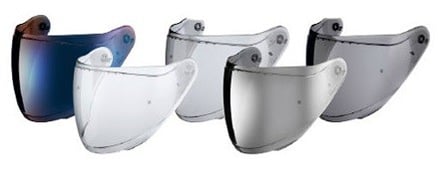 Schuberth M1 VisorRegular Price €37.50 -25% As low as €28.13
Schuberth M1 VisorRegular Price €37.50 -25% As low as €28.13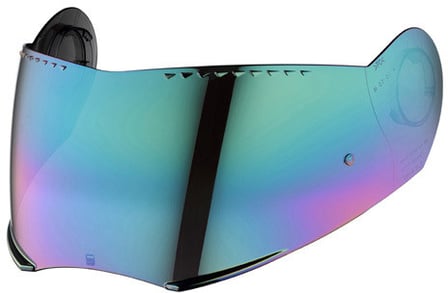 Schuberth C3 VizierRegular Price €39.95 -25% As low as €29.96
Schuberth C3 VizierRegular Price €39.95 -25% As low as €29.96 Shoei Pinlock (CWR-F)Special Price €23.70 Regular Price €30.00 -21%
Shoei Pinlock (CWR-F)Special Price €23.70 Regular Price €30.00 -21% Shoei Pinlock (CNS-2 Hornet ADV)Special Price €23.70 Regular Price €30.00 -21%
Shoei Pinlock (CNS-2 Hornet ADV)Special Price €23.70 Regular Price €30.00 -21% Shoei Pinlock (CJ-2)Special Price €23.70 Regular Price €30.00 -21%
Shoei Pinlock (CJ-2)Special Price €23.70 Regular Price €30.00 -21% Shoei Pinlock (Hornet DS)Special Price €23.70 Regular Price €30.00 -21%
Shoei Pinlock (Hornet DS)Special Price €23.70 Regular Price €30.00 -21% Shoei Pinlock (CW-1 / CNS-1 / CWR-1)Special Price €23.70 Regular Price €30.00 -21%
Shoei Pinlock (CW-1 / CNS-1 / CWR-1)Special Price €23.70 Regular Price €30.00 -21% Shoei Pinlock (CF1W)Special Price €32.39 Regular Price €41.00 -21%
Shoei Pinlock (CF1W)Special Price €32.39 Regular Price €41.00 -21% HJC Pinlock RPHA-11 / RPHA-70Special Price €29.96 Regular Price €39.95 -25%
HJC Pinlock RPHA-11 / RPHA-70Special Price €29.96 Regular Price €39.95 -25% Schuberth R2 Visor/PinlockRegular Price €37.50 -25% As low as €28.13
Schuberth R2 Visor/PinlockRegular Price €37.50 -25% As low as €28.13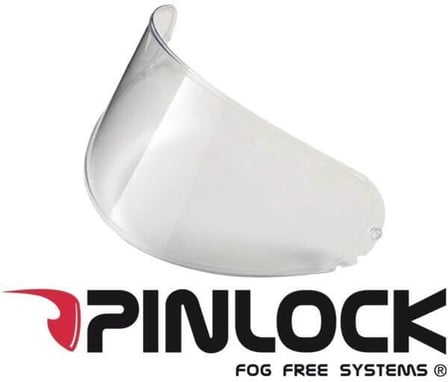 Schuberth C4 PinlockRegular Price €39.95 -25% As low as €29.96
Schuberth C4 PinlockRegular Price €39.95 -25% As low as €29.96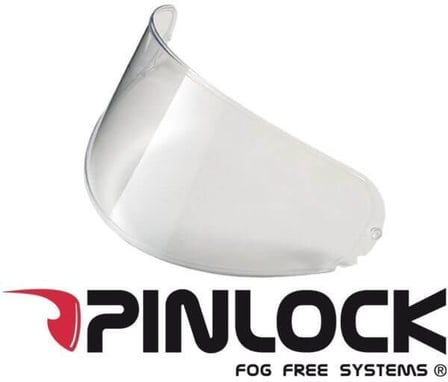 Schuberth Pinlock 120 (C-3 Pro / S2)Regular Price €39.95 -25% As low as €29.96
Schuberth Pinlock 120 (C-3 Pro / S2)Regular Price €39.95 -25% As low as €29.96 HJC Pinlock (DKS229) RPHA-90 ClearSpecial Price €26.21 Regular Price €34.95 -25%
HJC Pinlock (DKS229) RPHA-90 ClearSpecial Price €26.21 Regular Price €34.95 -25% Shoei Pinlock NXR-2 / X-SPR Pro (CWR-F2/CWR-F2R)Special Price €23.70 Regular Price €30.00 -21%
Shoei Pinlock NXR-2 / X-SPR Pro (CWR-F2/CWR-F2R)Special Price €23.70 Regular Price €30.00 -21%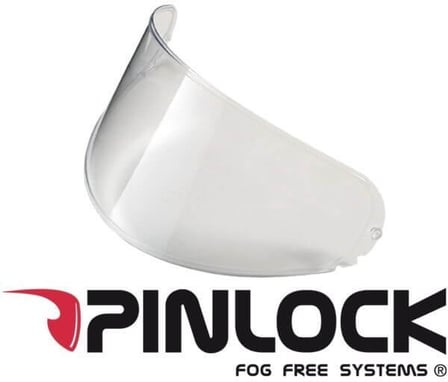 Schuberth C5 / E2 Pinlock 120Regular Price €39.00 -25% As low as €29.25
Schuberth C5 / E2 Pinlock 120Regular Price €39.00 -25% As low as €29.25 LS2 PinlocksSpecial Price €31.28 Regular Price €39.60 -21%
LS2 PinlocksSpecial Price €31.28 Regular Price €39.60 -21% LS2 PinlocksSpecial Price €31.28 Regular Price €39.60 -21%
LS2 PinlocksSpecial Price €31.28 Regular Price €39.60 -21% LS2 PinlocksSpecial Price €31.28 Regular Price €39.60 -21%
LS2 PinlocksSpecial Price €31.28 Regular Price €39.60 -21% LS2 PinlocksSpecial Price €27.49 Regular Price €34.80 -21%
LS2 PinlocksSpecial Price €27.49 Regular Price €34.80 -21% LS2 PinlocksSpecial Price €31.28 Regular Price €39.60 -21%
LS2 PinlocksSpecial Price €31.28 Regular Price €39.60 -21% LS2 PinlocksSpecial Price €27.49 Regular Price €34.80 -21%
LS2 PinlocksSpecial Price €27.49 Regular Price €34.80 -21% LS2 PinlocksSpecial Price €27.49 Regular Price €34.80 -21%
LS2 PinlocksSpecial Price €27.49 Regular Price €34.80 -21% LS2 PinlocksSpecial Price €27.49 Regular Price €34.80 -21%
LS2 PinlocksSpecial Price €27.49 Regular Price €34.80 -21% LS2 PinlocksSpecial Price €27.49 Regular Price €34.80 -21%
LS2 PinlocksSpecial Price €27.49 Regular Price €34.80 -21% LS2 PinlocksSpecial Price €27.49 Regular Price €34.80 -21%
LS2 PinlocksSpecial Price €27.49 Regular Price €34.80 -21% LS2 PinlocksSpecial Price €27.49 Regular Price €34.80 -21%
LS2 PinlocksSpecial Price €27.49 Regular Price €34.80 -21% LS2 PinlocksSpecial Price €27.49 Regular Price €34.80 -21%
LS2 PinlocksSpecial Price €27.49 Regular Price €34.80 -21% LS2 PinlocksSpecial Price €23.70 Regular Price €30.00 -21%
LS2 PinlocksSpecial Price €23.70 Regular Price €30.00 -21%
What is a pinlock visor?
The Pinlock lens consists of an organic and transparent material, which is equipped with a silicone edge. This lens is locked into place between the plastic pins at both sides of the helmet visor. The silicone edge ensures that the lens is airtight. Now there is a thin piece of air between the Pinlock lens and the helmet visor. This ‘air chamber’ works a little bit like the ‘double glazing’ principle. The difference in temperature between the inside and the outside of the visor is kept to a minimum. This makes sure that your visor can remain closed, even on cold and damp days. A Pinlock visor lasts an average of 2 years, with intensive use the lifespan can be less. With the lens installed it seems as if a fogged visor never existed.
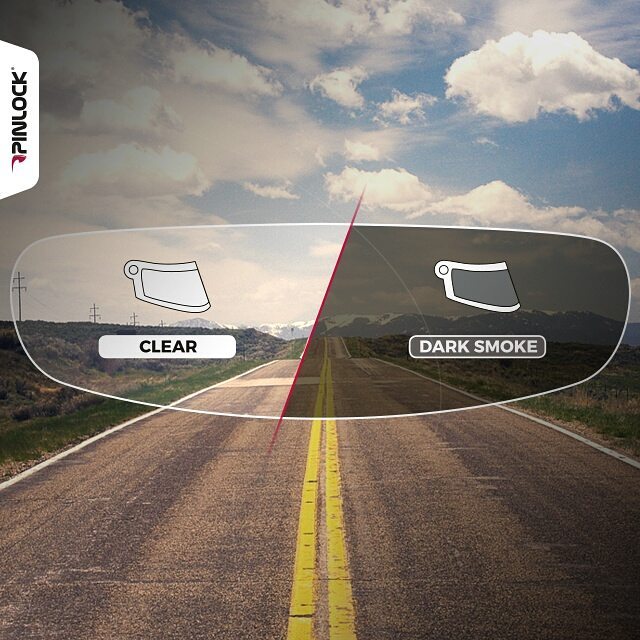
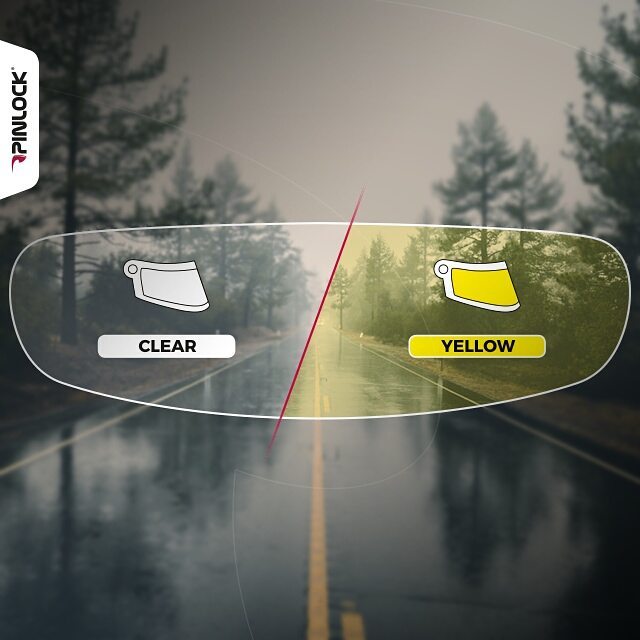
How to install a Pinlock lens
Many new helmets come with a Pinlock anti-fog lens in the box these days. The only thing you need to do is install the Pinlock in the visor. The easiest way to do this is by removing the visor from the helmet first. Most helmet manufacturers have a quick lock visor system, so this step is usually fairly easy. Take the Pinlock out of its packaging and check on which side the silicone edge is located. Do not touch this edge and do not place the lens down on this edge, it is rather sensitive. The raised edge will be placed against the inside of the helmet visor.
Take the helmet visor and press the one of the sides against your body, bending the visor to get it as straight as possible. Both ends of the visor have a pin, this is where the Pinlock lens needs to be fitted. The easiest way to do this, is by first fitting the side closest to your body. Keep the visor as straight as possible and fit the lens into the other pin. The Pinlock lens is probably bulging now. Place the helmet visor down on a table and push the Pinlock lens towards the inside of the visor. Check if it is pressing against the visor everywhere and it’s done!
Is the Pinlock not tightly pressed up against the helmet visor? Try popping out the plastic pins, turning them – and refitting the Pinlock lens.
This video makes installing your Pinlock completely easy:
This is how the Pinlock visor was invented
Derek Arnold is an English inventor who personally experienced the problem of a fogged up visor. Over twenty years ago during a race on the TT Circuit in Assen (the Netherlands), he got the inspiration to rid the world of this problem once and for all. Professional motorcyclists used separate adhesive layers on the outside of the visor to keep the visor clean and fog free.
He started developing something similar, but then for the inside of the helmet. This concept grew up to be the Pinlock system that we know today. Nowadays Arnold does business with almost every helmet manufacturer and the motorcycle world could not live without the anti-fog system anymore. Another fun fact to mention is that the Pinlock anti-fog visors are developed and manufactured in the Netherlands, to be shipped all over the world.
